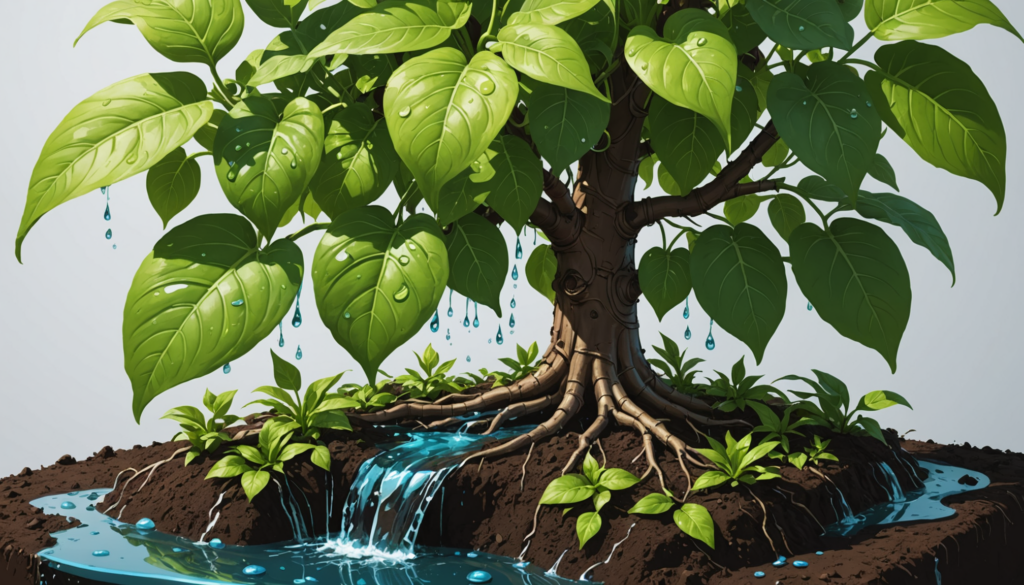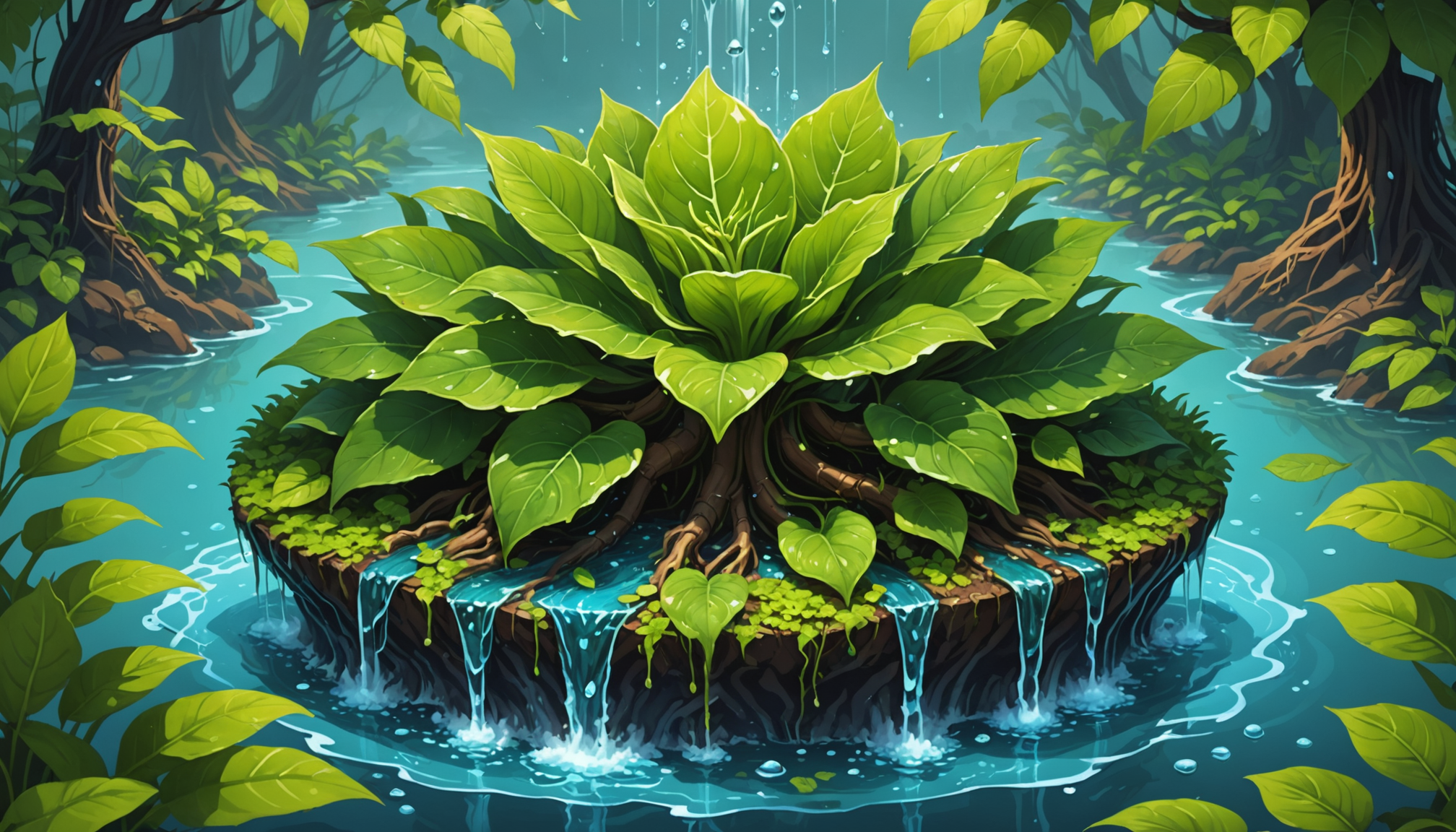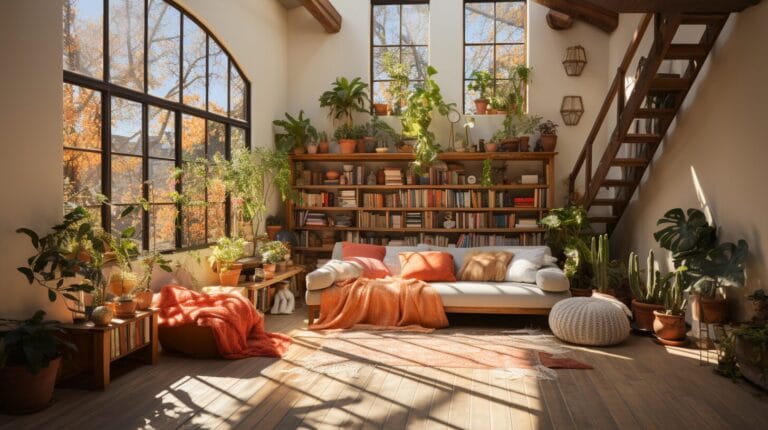Have you ever wondered how the mighty trees and colorful flowers around you thrive? The answer lies in a vital question: what do plants do with water? Water is not just a drink for plants; it plays a crucial role in their growth and health. Understanding how plants use water can help you take better care of your green friends and create a thriving garden.
If plants don’t get enough hydration, they can become weak and wilt, which can lead to stunted growth or even death. In this article, we’ll explore the importance of water for plants, how they absorb and regulate it, and the best ways to keep them hydrated. We’ll also bust some common myths about watering plants. Get ready to dive into the fascinating world of plant hydration and discover how to help your plants flourish!
The Importance of Water for Plants

How Water Affects Plant Growth
Water is essential for photosynthesis, the process where plants turn sunlight into energy. Plants use this energy to grow and develop. Without enough water, plants struggle to perform photosynthesis, leading to stunted growth and lower yields.
Water also keeps plant cells firm through a process called cell turgor, which helps plants stand upright. When plants lack water, they lose turgor pressure, causing them to wilt. Wilting affects how well plants can absorb sunlight, which is crucial for their growth.
Why Plants Need Water for Healthier Living
Water acts as a solvent, helping plants absorb vital nutrients from the soil. These nutrients are essential for plant health and growth. Without enough water, plants cannot take in these nutrients efficiently, which can lead to poor health or even death.
Water also helps regulate plant temperature through transpiration. This process cools plants by releasing water vapor from leaves. In hot weather, this cooling is critical to prevent overheating. Without adequate water, plants become stressed and may wilt, affecting their overall health.
References
- For more on how plants utilize water, see Britannica.
- To learn about the role of water in plant health, visit National Geographic.
What Do Plants Do with Water? Explore the Importance of Hydration for Growth

Water is essential for the life of plants. It supports their growth and overall health by serving as a vital component in several processes.
The Process of Water Uptake
Plants rely on water for growth and health. Water uptake starts at the roots and is vital for many functions. Let’s explore how this process works.
Understanding the Process
- Water Entry: Plants absorb water through tiny structures called root hairs. These hairs increase the surface area for water entry.
- Movement Through Roots: Once inside, water moves through the root cortex. This is the layer inside the root that helps transport water.
- Xylem Transport: Water then travels up through the xylem. The xylem is like a highway, moving water and nutrients from roots to leaves.
The Role of Water in Plants
- Photosynthesis: In the chloroplasts, plants use water and sunlight to make glucose (a sugar) and oxygen. This process gives plants the energy they need.
- Turgor Pressure: Water helps keep plant cells firm. When plants have enough water, they stay upright. Without it, they may wilt and not grow well.
Table: Key Functions of Water in Plants
| Function | Description |
|---|---|
| Photosynthesis | Converts sunlight, water, and carbon dioxide into glucose and oxygen. |
| Nutrient Transport | Moves essential nutrients from soil through xylem to different parts of the plant. |
| Turgor Pressure | Maintains plant structure and prevents wilting. |
| Temperature Regulation | Helps cool the plant through transpiration. |
Benefits of Proper Water Uptake
- Supports Energy Production: Water is essential for photosynthesis, which provides energy.
- Enhances Nutrient Flow: It helps move nutrients from roots to the rest of the plant.
- Maintains Cell Structure: Water keeps plant cells firm and healthy.
- Regulates Temperature: It helps cool plants during hot weather.
For more detailed information on the plant water uptake process, refer to Wikipedia – Plant Water Uptake.
How Plants Regulate Water Loss
Plants require water for survival but must carefully regulate its loss, primarily through a process called transpiration, where water vapor escapes from leaves via small openings known as stomata. These stomata function like valves, opening and closing based on environmental conditions. In hot or dry weather, plants close their stomata to conserve water, while they open them in cooler, moist conditions to facilitate gas exchange.
To retain water, plants employ various strategies, such as developing deep roots to access underground moisture and having waxy leaves that reduce evaporation. For instance, a large tree can lose about 100 gallons of water daily through transpiration. Effective water regulation is crucial for plant health, particularly in drought-prone areas, as it enables better growth and adaptation to environmental changes. Understanding these mechanisms can aid farmers and gardeners in implementing more efficient watering practices.
References
Tips on How to Keep Your Plants Hydrated

Best Practices for Watering Houseplants
To keep houseplants thriving, proper watering is key. Here are some tips:
- Check Soil Moisture: Before watering, feel the soil about an inch deep. If it feels dry, it’s time to water.
- Water Slowly: Pour water slowly so it soaks in well. This helps roots absorb water and nutrients better.
- Use Room Temperature Water: Cold water can shock roots. Use room temperature water to be gentle on the plants.
- Ensure Good Drainage: Pots need drainage holes to prevent water from sitting at the bottom and causing root rot.
Timing and Techniques to Ensure Plants Get Enough Water
The timing of watering is just as important as the method. Here are some guidelines:
- Morning or Evening Watering: Water plants in the morning or early evening. Cooler temperatures reduce evaporation, allowing plants to absorb more water.
- Avoid Hot Weather: During hot days, much water evaporates before reaching the roots. Avoid watering during these times.
- Watering Deeply: Deep watering encourages roots to grow deeper, making plants more resilient. This technique helps water reach where it’s needed most.
- Frequency of Watering: Watering needs vary by plant species and environment. Some need water every day; others might need it weekly.
The Importance of Soil in Water Retention
Soil type affects how well plants retain water. Different soils work differently:
- Clay Soil: Holds water well but can become waterlogged if not monitored.
- Sandy Soil: Drains fast, so it needs to be watered more often.
- Loamy Soil: A mix of sand, silt, and clay, loamy soil retains moisture well and allows excess water to drain.
Understanding soil types and watering practices helps keep plants healthy and hydrated.
The Science Behind Plant Hydration

Understanding How Plants Absorb Water
Plants take in water through their roots using osmosis. Osmosis is when water moves from where there is a lot of it in the soil to where there is less of it in the roots. This process is vital because it helps plants transport nutrients and keeps them sturdy by maintaining turgor pressure. If plants don’t get enough water, they can’t perform these essential tasks, leading to wilting or death.
The Effects of Water Stress on Plant Health
Water stress happens when plants don’t get enough water. This can be due to dry soil or very hot conditions. When water is scarce, plants close their tiny leaf openings, called stomata, to save water. However, this also limits their ability to take in carbon dioxide, which is needed for photosynthesis. This can slow growth, reduce flowering, or even cause the plant to die if stress continues for too long.
Research Studies on Water and Plant Systems
Recent research highlights how important it is to understand how plants and water interact. These studies aim to improve farming by helping crops survive drought conditions. Efficient water management is key for sustainable farming practices. Scientists are also creating plant varieties that can grow in dry areas. This research is crucial as climate change impacts weather and water supply.
Myths and Facts: What You Should Consider About Plant Watering

Common Misconceptions About Plant Watering
Many people think plants need water daily, but this isn’t true. Each plant has unique needs based on its type, soil moisture, and environment. For example, succulents often thrive with less frequent watering. In contrast, tropical plants might need more water to stay healthy. Knowing a plant’s specific needs helps in providing better care and promoting growth.
Another myth is that all plants need the same amount of water. This is incorrect. Different species have adapted to their natural habitats, leading to varied water requirements. Desert plants, for instance, have special features to conserve water and can survive on minimal water. Meanwhile, plants from wetter climates usually need watering more often.
The Impact of Overwatering
Overwatering can damage plants even though water is crucial. Too much water can cause root rot, where roots sit in waterlogged soil and can’t breathe. Signs of overwatering include yellow leaves and wilting, even when the soil is wet. It can also lead to harmful fungal diseases. Finding the right balance ensures plants get enough moisture without the risks of overwatering.
Environmental Effects on Water Needs
A plant’s water requirements vary based on factors like humidity, temperature, and soil type. In hot and dry conditions, plants often need more water. Tropical plants flourish in high humidity, which can decrease their watering needs. The type of soil matters too. Sandy soil drains fast, so it needs more watering. Clay soil holds water longer, so it doesn’t need to be watered as often.
By understanding these myths and facts, gardeners can provide better care. Recognizing each species’ unique needs and adjusting watering practices can help plants thrive.
Conclusion
In summary, water is essential for plants as it helps them grow and stay healthy. It’s crucial for the process of photosynthesis, allowing plants to create their own food. Additionally, learning how plants absorb water and manage it is important to understand their hydration needs.
By following the right practices for watering and knowing how to keep soil healthy, you can help your plants thrive! The next time you care for your green friends, remember how much they depend on water to stay strong and beautiful.
So, keep exploring the fascinating world of plants and hydration, and discover even more about how they grow!
FAQs
1. What do plants do with water?
Plants use water for many important functions. They take in water mainly through their roots, which is vital for growth and survival. Water plays a key role in photosynthesis, where it splits into hydrogen and oxygen. The hydrogen helps form glucose, giving energy to the plant. Water also keeps plants firm and aids in moving nutrients throughout the plant.
2. How does water affect plant growth?
Water is essential for plant growth. It helps with photosynthesis, nutrient transport, and overall plant health. With enough water, plants grow strong and produce flowers and fruits. Without it, they might wilt, stop growing, or even die. Giving the right amount of water is crucial for plants to thrive.
3. Why do plants need water for healthier living?
Plants need water for several reasons. It helps them take in nutrients from the soil and move them inside the plant. Water also cools the plant through transpiration, where moisture leaves the plant’s leaves. This process prevents overheating and helps plants adapt to different environments. Water also keeps plant cells firm and healthy.
4. How do plants absorb water?
Plants absorb water mainly through their roots by osmosis. In osmosis, water moves from where there is more water in the soil to where there is less in the roots. This movement depends on water potential, including osmotic and mechanical pressure. This process helps plants take in the water needed for growth.
5. How do plants regulate water loss?
Plants manage water loss through transpiration. Water vapor leaves the plant through small openings called stomata on the leaves. Transpiration cools the plant and pulls water and nutrients up from the roots through the xylem. This balance is vital for the plant’s health and hydration.







